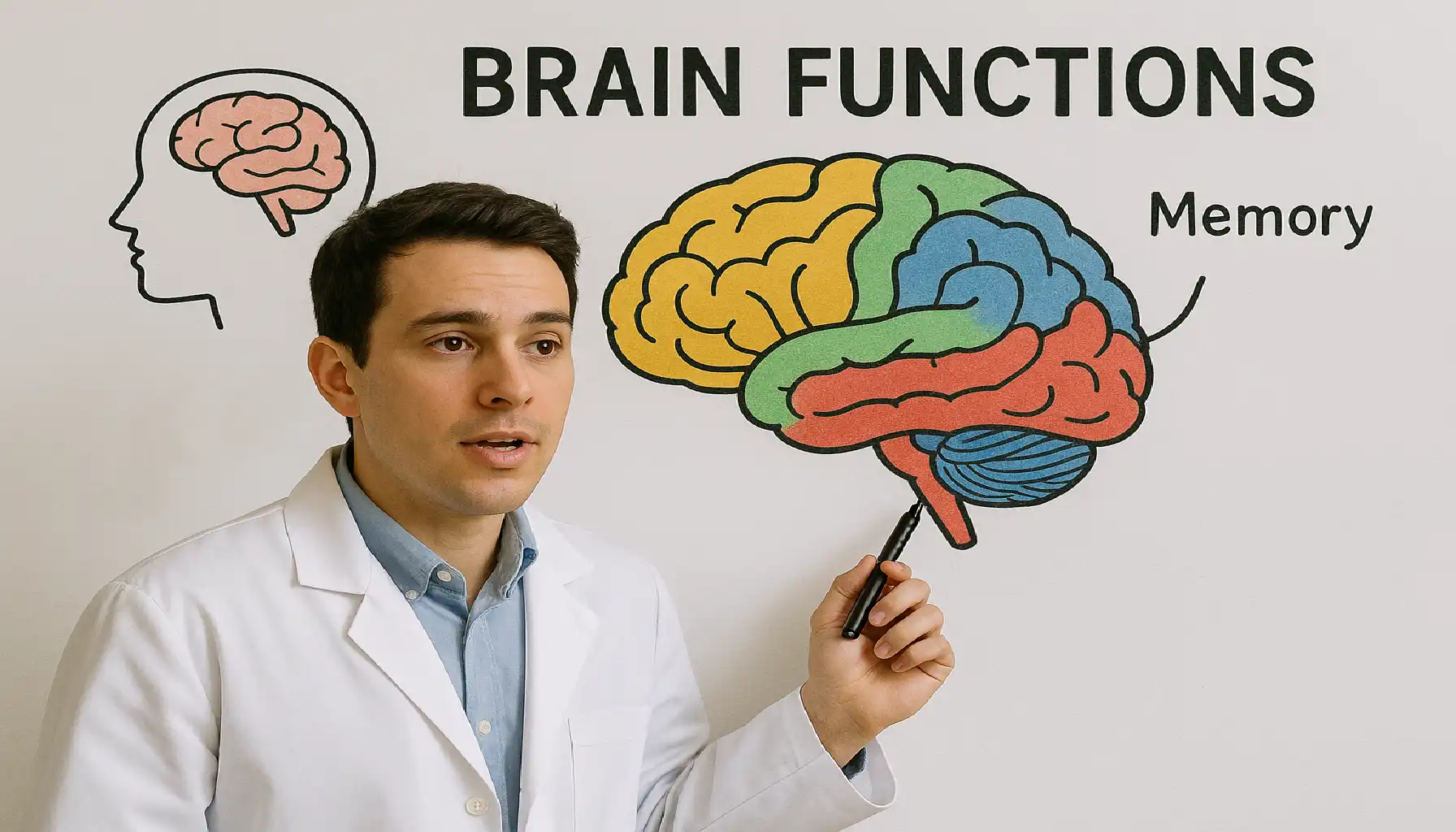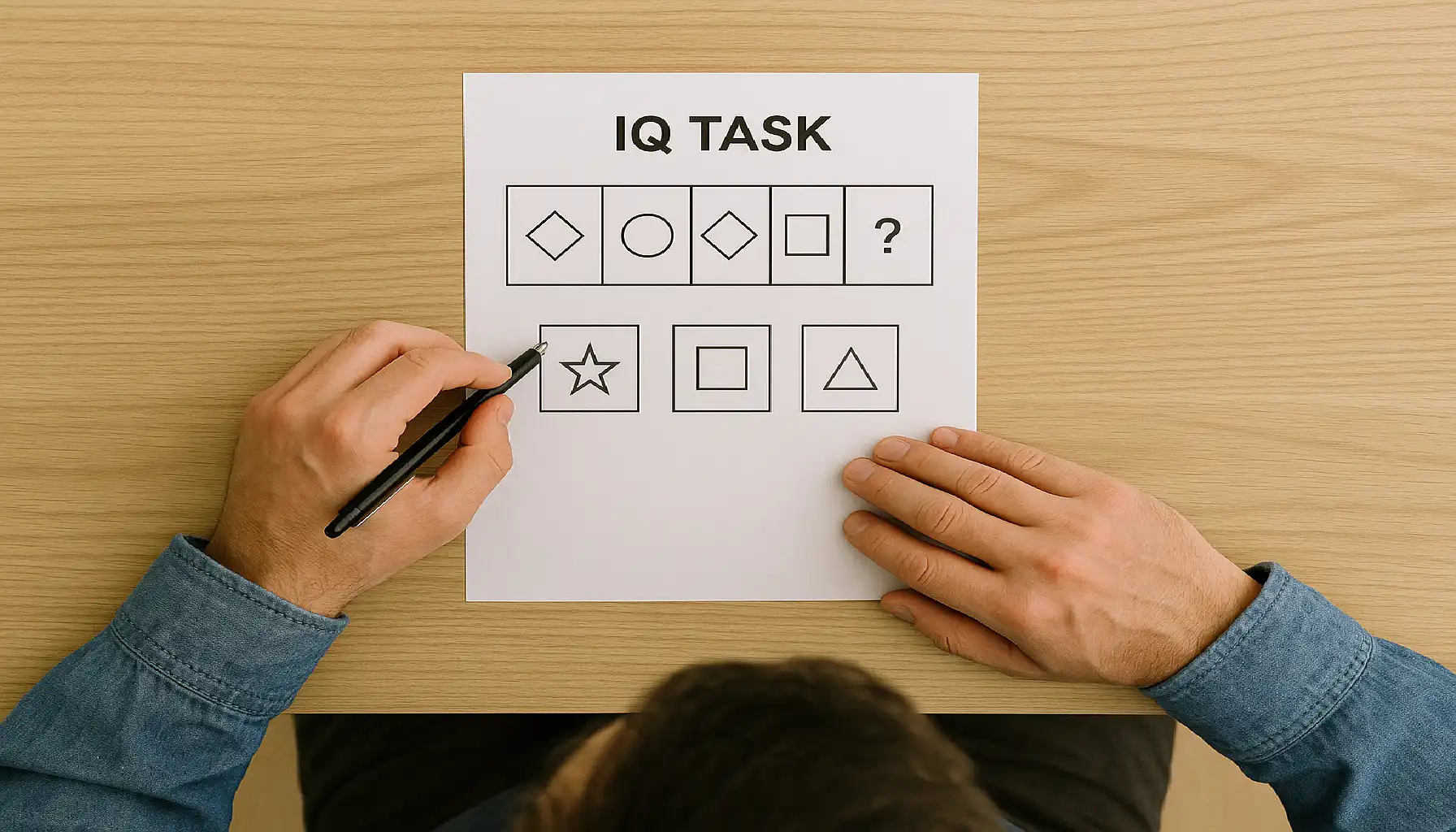Stanford-Binet Intelligence Scales Explained

Contents:
What really lies behind the level of intelligence? Why do some children easily solve logical problems, while adults spend their whole lives searching for themselves? These questions worry all: psychologists and parents, teachers and employers - everyone who faces the notion of “intelligence”. That is why various ways of brain testing became an integral part of the modern world.
It is no secret that each of us googled queries like the Stanford Binet intelligence test pdf to examine intelligence or tried to compare and contrast the benefits of the Stanford-Binet IQ test and Wechsler's IQ tests to see which one is more suitable. So today we are talking about the first option - the Stanford-Binet intelligence test, its features and Stanford-Binet test results.
Actually, it is one of the most respected assignments in the field for more than 130 years. Its history dates back to the 19th century, and today the Stanford Binet 5 test (5th edition) is still relevant and in demand. This Stanford Binet practice test is still used to assess intellectual ability in children, adolescents and adults.
Its results help to understand exactly how a person thinks, remembers, and learns. Today let's discuss in detail what is the Stanford-Binet test; find out what does the Stanford Binet test measure, as well as understand how the Stanford-Binet test score interpretation takes place.

What Is the Stanford Binet Test: Basic Things to Know
Talking about the IQ test Stanford Binet, it is worth starting with its fascinating history. This checking doesn't just measure “strength of intellect”-it is the origin of the very idea of quantifying mental ability. When was the Stanford Binet test created? It was originally created in France by Alfred Binet and then revised by psychologist Lewis Terman in the United States, so that officially the American version saw the light of day in 1916. By the way, Terman is credited as the one who created the Stanford Binet test as it is still used today.
Even the early sample Stanford Binet test form included the basic principles on which the modern assessment is based, adapted for age and level of mental ability. Is the test still used? Absolutely. In its latest version (SB5), it is actively used in schools, clinics, and research centers around the world.
Interesting Facts to Know:
Stanford-Binet test age range - from 2 to 85+ years old;
Stanford Binet IQ test freely and widely used in education, clinical psychology and even forensic practice;
Stanford-Binet IQ test free of charge is unavailable, as this is a licensed product that must be purchased or obtained only from a qualified professional;
On the web people can find Stanford-Binet test sample PDF - these are usually educational or outdated versions of online assessment, posted by private companies for informational purposes.

Who Can Take It?
This assessment differs from many others in its flexibility: it is useful for parents of gifted children, school psychologists, doctors, and anyone who wants to understand their intelligence more deeply. For example, the Stanford-Binet IQ test for 2 years old is specially adapted for age, which means that other special adaptations can be equally useful for middle-aged and 80-aged people.
As mentioned earlier, the Stanford-Binet test pdf can be found in the public domain - such files give a general idea of the format and types of tasks. But be careful: the test free is most likely either an outdated version or the private assessment has nothing in common with the official version, which is paid and provided only under the control of specialists.
What Does Psychology Say?
In scientific terms, the Stanford Binet test psychology definition is a tool that measures not just overall IQ, but the individual components of cognitive ability as well. That is, the tasks don’t just say "how smart you are," it reveals exactly what your thinking power is.
What are the content areas of the current Stanford-Binet intelligence test? Well, the assessment highlights:
Verbal reasoning
Quantitative ability
Short-term memory
Information processing
Stanford Binet test results interpretation is also an important point. Pay attention to the scale - it starts from below average (less than 90) to the level of “exceptional intelligence” ( more than 130). And as a rule, your performance is always correlated with a certain age level of thinking.

5 Facets of Intelligence: What It Really Checks
Many people think that intelligence is a single, holistic thing. In fact, it is a system of many elements: someone is brilliant at solving problems but has trouble constructing phrases. Another is great at remembering faces but forgets formulas. But how can the assessment cover all the elements and what is the Stanford Binet test working principle? Well, it analyzes intelligence piece by piece, assessing each area separately so that the picture is complete and honest.
Which of the following components is measured with the Stanford-Binet intelligence test? The answer is the five key cognitive domains. The table below you can see how each one works.
Component | What is assessed |
Verbal Ability | Language comprehension, vocabulary, logic in speech constructions |
Memory | Ability to retain and reproduce oral and visual information |
Information Processing | Speed of perception, reaction and assimilation of new data |
Quantitative Ability | Number understanding, counting, numerical logic |
Visual-Spatial Thinking | Ability to orient in shape, size, position of objects in space |
These are the areas that make up the structure of intelligence as interpreted by the Stanford Binet test definition. Together, they provide a holistic picture of thinking that cannot be obtained from a simple “A-B-C-D” test.
From Question to Conclusion
To answer the question of “what is this test useful for?” it is important to know not only what it measures, as well as how exactly it is conducted. It is not the same set of tasks for everyone - the test is adaptive. It adapts to the taker's abilities: if a person can handle the questions with confidence, the system makes them more difficult. And vice versa - it simplifies them if it sees that the question is difficult.
The test is separated into verbal and nonverbal blocks. Stanford-Binet intelligence test example tasks may include:
Repeating numerical series;
Describing pictures;
Classification of objects;
Counting problems;
Analyzing pictures or logical sequences.
Most often testing lasts from 45 to 90 minutes. It is conducted individually in a psychologist's office; thus it is not recommended to take the free Stanford Binet IQ test on your own.

Results Understanding
The most important part of the testing is not just how you answer, but what the result means. It's not a matter of a simple “score” but a deep understanding of the structure of intelligence. This is where the Stanford Binet IQ test scale comes into play - a score that categorizes results:
IQ Range | Interpretation |
145 and above | |
130-144 | High ( talent) |
110-129 | Above |
90-109 | average Average(norm) |
80-89 | Below average |
Below 80 | Cognitive decline |
It is important to understand that a result is not a judgment or a label. It can be a basis for development, adapting to the educational environment or identifying strengths.
What if the result is low? It may indicate difficulties in comprehending information, but the score alone does not answer the question “why”. This is why the Stanford-Binet test free version from the internet is irrelevant, as the final analysis should always be left to a specialist who is familiar with the characteristics of your personality - from age to education level.

What If My Results Are Not Perfect?
The results of any intelligence test can be alarming - especially if they are below average. But it's important not to get upset early and remember: intelligence is not a judgment, but a starting point. The brain is neuroplastic, and even adults can develop cognitive abilities. The key is to apply it consciously and regularly.
For example, the Mind Elevate app offers a convenient format for such training. It is not just “attention games”, but a specially designed system based on neuropsychology principles. It features:
Exercises to develop working memory and attention,
Tasks for speed of information processing,
Thinking simulators,
A progress tracker that helps you see real changes.
Mind Elevate is suitable for both adults and teenagers, and especially for anyone who wants to gently improve their thinking, relax after a hard day, or simply keep their mind sharp.

More Opportunity than You Can Imagine
No scale will define a person's full potential. Our abilities are not a limitation, but an open system of coordinates. To explore, to develop, to ask questions - this is what really matters. Intelligence lives in action, not in numbers. Every observation, every little practice is a step toward greater clarity. And there is no final point in this process - you only need to move forward.





